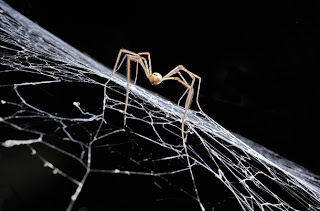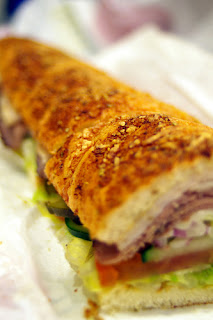#2- Informal
#3- Informal
#9- Informal
#10- Formal
#13- Informal, Environmental
#15- Informal
#18- Informal, Environmental
#19- Formal
#21- Informal, Environmental
#22- Formal
#23- Informal
#24- Informal
#26- Formal
#27- Informal
#28- Informal
#29- Informal
#31- Informal, Environmental
#32- Informal, Environmental
#35- Informal
#36- Formal
#37 (1st Tie)- Formal
#37 (3rd Tie)-Formal
#37 (5th Tie)- Formal
#3
 |
| Favorite |
This magazine stood out in particular to me. The way the photo speaks without speaking, and how it conveys a message about Muhammad Ali directly, made it stand out past all other photos. The arrows in his chest and his legs, look real enough but not actually real, but they still give the message of what the article or the magazine might be about. Following the properties of a magazine cover, it fulfills having its recognizable brand, pulling at the emotions, making me curious about the article as well as intellectually stimulating my thoughts. As well the light is even, and the back drop is white, a benevolent color, along with his shorts. This magazine cover appeals to me, and if I had it in hand I would read its relating article thoroughly to fulfill the curiosity that it gave me.
















































